Recently you may have seen some discussion of Premodern, a format I’ve had a lot of fun playing that isn’t all that well known since it’s not an officially recognized format – it’s a player-run format with a fairly large following and long history. Land Tax was banned on July 15th, representing a very rare change to the pool of cards that are legal in the format. If you like playing with old cards, this is a great format to do that, and if you haven’t played with old cards, this format is a great way to learn about Magic’s history.
What is Premodern?
Premodern is a 60-card constructed format using cards printed between 4th Edition and Scourge. It's player-run but has enough support and involvement that a Scryfall search for Format:Premodern will show you all 5,374 legal cards, which means it’s about half the size of Pioneer in terms of several unique legal cards.
Premodern has some strange cost factors–a lot of decks can be built for under $400, but some decks play 4 copies of single cards that cost more than that, specifically Mox Diamond and Gaea’s Cradle. A handful of cards cost radically more than the rest of the cards in the format, and that fact has an impact on the metagame share of some of the decks. Tournaments typically don’t allow proxies but do allow gold border printings from the World Championship decks. Notably, this means the cheapest Gaea’s Cradles are available for around $100-$200 depending on condition instead of $600-$1000 depending on condition. Mox Diamond does not have this kind of printing.
What is Premodern Like?
Premodern sets were designed with a substantially different design philosophy than modern sets, so the games play pretty differently. Here are some key differences that make Premodern feel different:
There are no planeswalkers, that card type was invented later.
There are far fewer threats that offer immediate value–there are some creatures with enter-the-battlefield abilities like Flametongue Kavu, Deranged Hermit, Phyrexian Rager, etc but it feels more contained.
Similarly, fewer threats come with some kind of snowballing card advantage. There are cards like Shadowmage Infiltrator and Hypnotic Specter, but in general, permanents are less likely to demand an immediate answer.
Interactive spells are strong–versatile and efficient cards like Lightning Bolt, Swords to Plowshares, and Counterspell are legal.
While the average threat is a lot weaker, that doesn’t mean cards or decks are universally less powerful, the power is just in different places. Permanents that cost 4 or more mana are generally a lot weaker than they are now, but cheating on mana either with free spells or cards that generate a lot of mana is much easier.
More broadly, mana works differently. It’s easier to cheat on quantities of mana, as cards like Dark Ritual, Ancient Tomb, City of Traitors, and Gaea’s Cradle are legal, but much harder to get multiple colors of mana. Only five of the ten good fetchlands are legal and they can only find basic lands because there are no other lands with basic land types. City of Brass and Painlands are the best dual lands, which means that decks that play more colors tend to start with a lot less life. After those lands, you’re looking at lands with really weird or severe drawbacks if you want your lands to give you multiple colors of mana.

What decks are good in Premodern?
If you want to look at results rather than trusting my opinion, you can find a lot of lists here
Here’s how I think of the kinds of decks you should expect to play against in Premodern:
Blue Aggressive decks:
Stifle/Nought: This is a deck whose sole goal is to get Phyrexian Dreadnought into play and protect it, then attack with it to win. The idea is that you cast Phyrexian Dreadnought, then respond to its sacrifice trigger either with Stifle or Vision Charm, either of which will allow you to keep your 12/12 trample creature without losing anything. It’s usually strongest to do this with Vision Charm because then your Dreadnought is phased out, where it’s safe until you untap. From there you can protect it with another Vision Charm, Daze, Counterspell, or Foil. Most of the rest of the deck is cheap cantrips to find these cards, Gush, and usually the deck will splash Swords to Plowshares and Meddling Mage.
Grow-a-tog: This is another deck with cantrips, Gush, counterspells, and cheap creatures, but these creatures don’t directly require a second card to get them to stay on the battlefield. This deck uses Meddling Mage, Quirion Dryad, and Psychatog. Quirion Dryad and Psychatog generally aren’t as big as Phyrexian Dreadnought, but they can outclass most creatures in combat. This deck can’t win quite as fast as Stifle/Nought’s good draws, but in exchange, you don’t have to invest as much in any particular threat. The card disadvantage here comes from Mox Diamond, which is necessary to cast your non-blue spells, and you also have to play City of Brass.
There are some other aggressive blue decks like Madness, Psychatog, and Lightning Angel, but I think those are a little weaker.
Blue Control decks:
Landstill: This is the most popular control deck now that Land Tax is banned. This deck uses Mishra’s Factory and Decree of Justice to apply pressure to the opponent without needing to cast a spell, which forces the opponent to cast something into Standstill, giving the Landstill deck an efficient card draw spell. Aside from that, it’s a typical blue/white control deck with Swords to Plowshares, Wrath of God, and counterspells.
I suppose I could also mention Psychatog here. There’s also Stasis, but it might be more accurate to call that a prison deck
Black Midrange decks:
The Rock: This classic Black/Green deck uses discard spells and Pernicious Deed with Treetop Village, Mishra’s Factory, and some creatures that aren’t especially good. It often plays Recurring Nightmare as a late-game card advantage engine. Pernicious Deed, Cabal Therapy, and good creature lands are the primary draws to this deck. It suffers from not having a creature like Tarmogoyf that can end the game quickly.
“Deadguy Ale”: I put the name in quotes because it’s not as well known as The Rock and not particularly descriptive. This is a W/B midrange deck that uses Dark Ritual to play Hypnotic Specter or Phyrexian Arena and adds Gerrard’s Verdict to its discard suite. Vindicate and Swords to Plowshares give it strong removal spells to make up for not having Pernicious Deed, but its threats might be even worse than The Rock’s.
Aggressive Red decks:
Burn: Lightning Bolt and Fireblast are legal. The other burn spells aren’t as good, but they get the job done. Price of Progress is a little narrow in format, so it’s usually a sideboard card, but it’s devastating when it can come in.
Goblins: The most popular deck, headlined by Goblin Lackey this deck rarely loses if Goblin Lackey connects. Goblin Matron and Goblin Ringleader give this deck a remarkable amount of card advantage and Siege-Gang Commander and Gempalm Incinerator allow it to interact without sacrificing Goblin Density.
These decks are both strong and put meaningful pressure on the format–you have to be able to end the game quickly or have a plan to not die to these decks, and spot removal isn’t going to cut it.
Explosive Green decks:
Elves: This deck gets to play with Gaea’s Cradle and Survival of the Fittest. Gaea’s Cradle gives it huge amounts of mana and Survival can find Squee, Goblin Nabob to become a card advantage engine, and can let you turn any random Elf you draw into an expensive threat that can end the game once you have a lot of mana. Wirewood Symbiote is also a great card.
Enchantress: Argothian Enchantress and Enchantress’s Presence are relatively difficult to interact with sources of card advantage and Exploration, Wild Growth, Fertile Ground, and Serra’s Sanctum let this deck generate a lot of mana. Elephant Grass is the premiere defensive card in the deck, and that gives you time to chain through your deck and win with whatever enchantments you like winning with.
Combo Decks:
There are a lot of combo decks in Premodern. None of them are especially popular, but many of them are viable. This won’t be an exhaustive list.
Graveyard Combo: The following decks use their graveyard in some way to win the game
Fluctuator: This deck plays 4 copies of Fluctuator, 1 Songs of the Damned, 1 Drain Life, 1 Dromar’s Cavern, and 53 cycling cards. If you don’t have to mulligan too low and you have Fluctuator, this deck presents a deterministic turn-three kill. Removal doesn’t do anything against it, you need to be able to interact on the stack. This deck is weak against counterspells and potentially weak against discard, but remarkably fast and hard to stop otherwise.
Hermit: There are a few different decks that use Deranged Hermit to mill themselves and then win out of the graveyard in some way. Angry Hermit uses Sutured Ghoul but also plays Phryexian Dreadnought with Stifle and Vision Charm, and Full English Breakfast is a Survival of the Fittest deck that uses Volrath’s Shapeshifter to win in a variety of ways.
Reanimator: This deck just looks to get a big creature in the graveyard and reanimate it. One issue with this plan is that the best creatures to reanimate aren’t that good.
Replenish: This deck uses Careful Study and Frantic Search to discard enchantments and then returns them to the battlefield with Replenish. Usually, this involves winning with Opalescence with Parallax Wave and Parallax Tide.
Other Combo decks:
Aluren: This deck casts Aluren and then uses Cavern Harpy with Raven Familiar or Wirewood Savage to draw its deck.
Devourer: This deck uses Tinker or just casts Phyrexian Devourer, then uses its ability to make it huge and sacrifices it either to Fling or Altar of Dementia before it sacrifices itself.
Mana Denial Decks: These decks are usually but not always headlined by Terravore. Sometimes they play Armageddon, other times they just play land destruction spells. Notably, Wasteland is legal in the format, which I haven’t mentioned yet because it’s weirdly not that significant since it’s hard for most decks to play colorless lands and there are a lot of mono-colored decks that it isn’t good against.
That list should give you a pretty good idea of what kinds of decks you should expect to encounter in the format. I’ve personally found it to be a very fun format to build new decks in, which is always surprising to me since every card’s existed for 20+ years and the pool of legal cards is static, somehow there are always new combinations people who haven’t tried and the metagame shifts over time.
The format feels like “Magic as Richard Garfield intended” and its continued room for discovery highlights how wonderful and deep Magic is even if you don’t keep up with every new release. This is a great format for older and lapsed Magic players who want to keep a deck on hand that they’ll be just as viable years from now, and also a great format for newer players who didn’t play in this era and want to try playing Magic as a very different game.





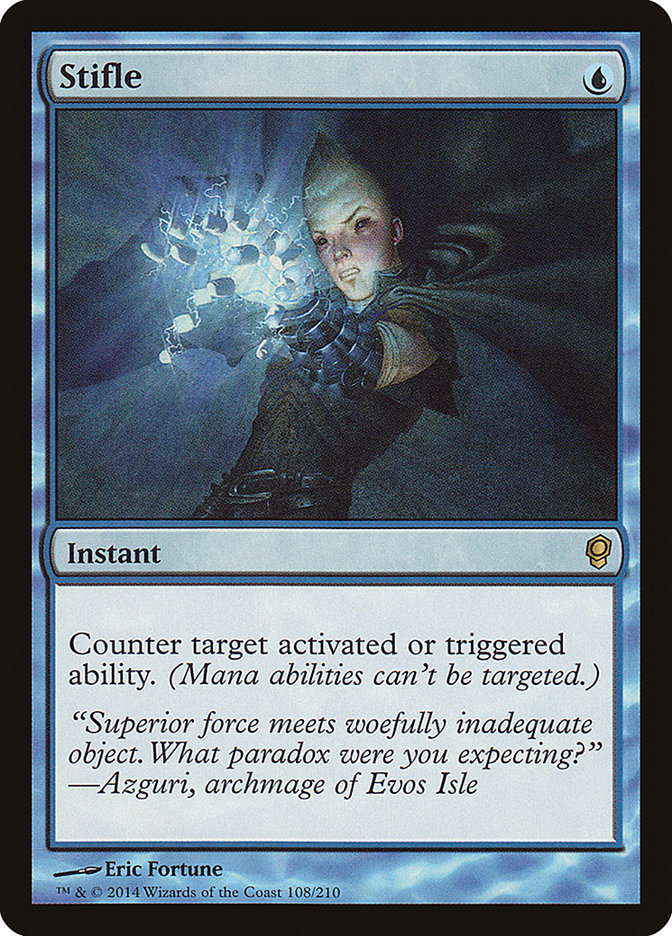
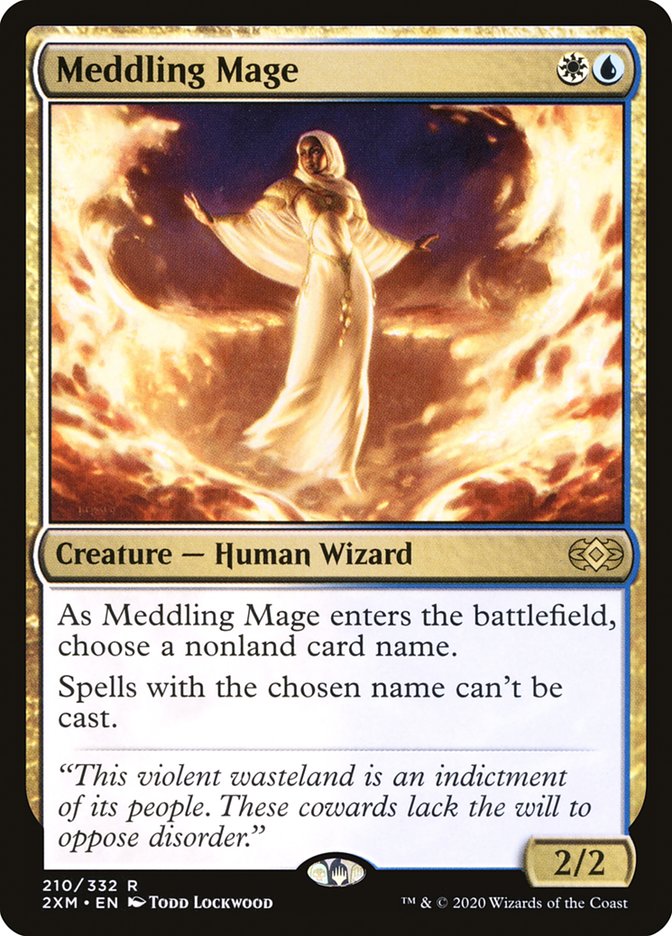
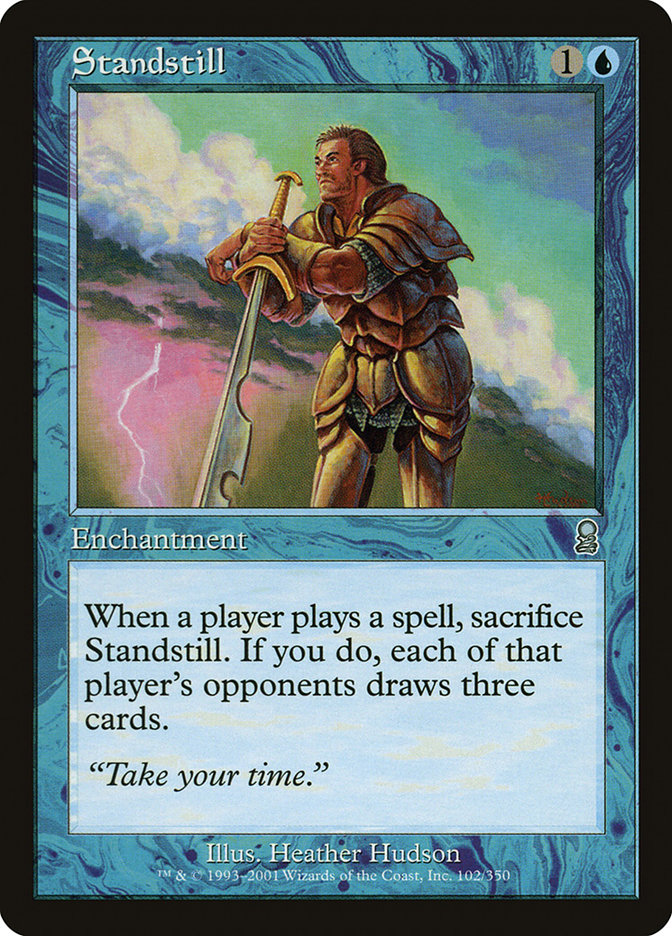
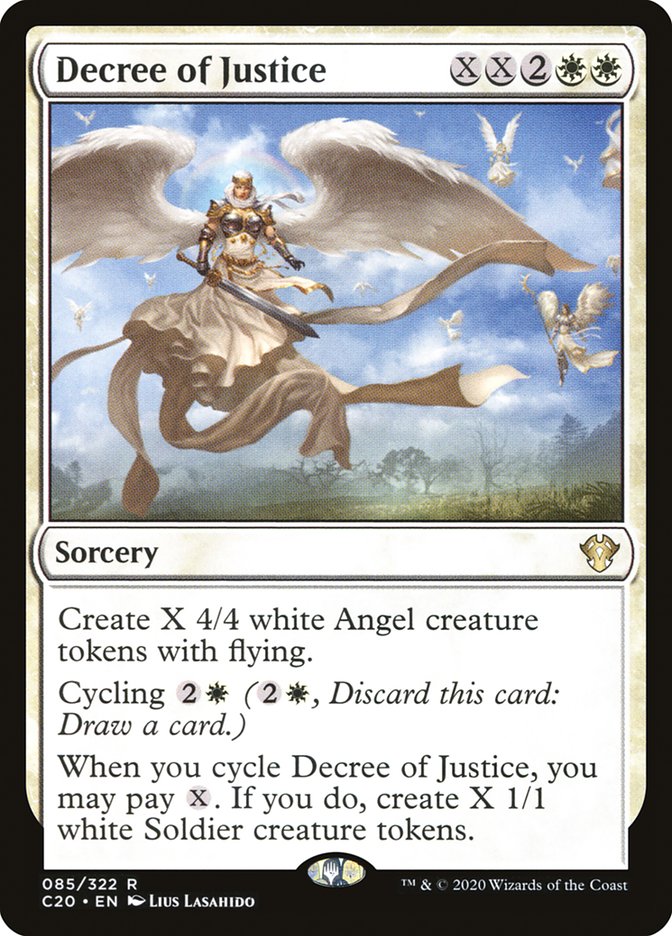
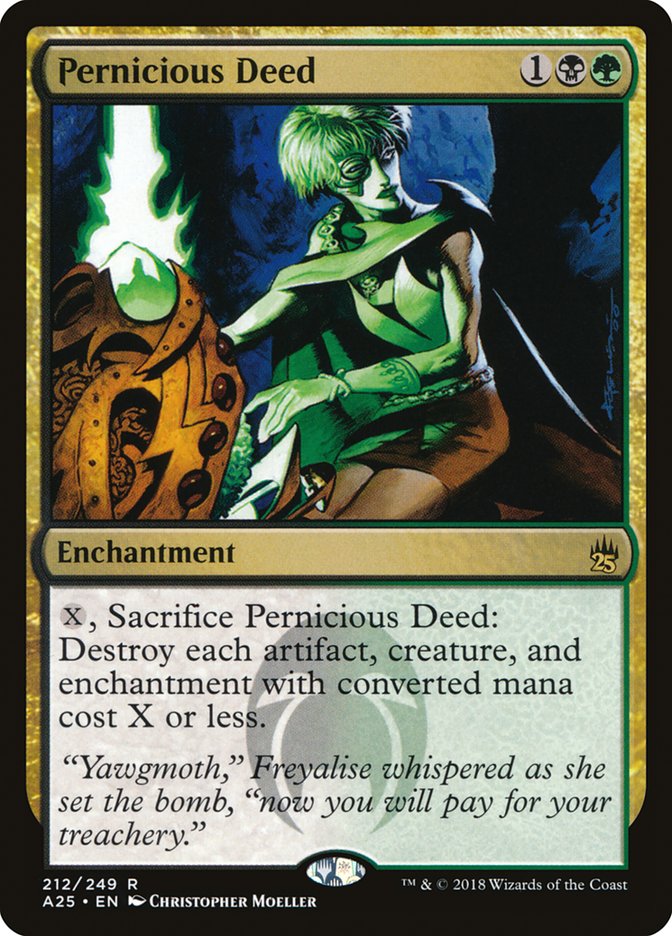
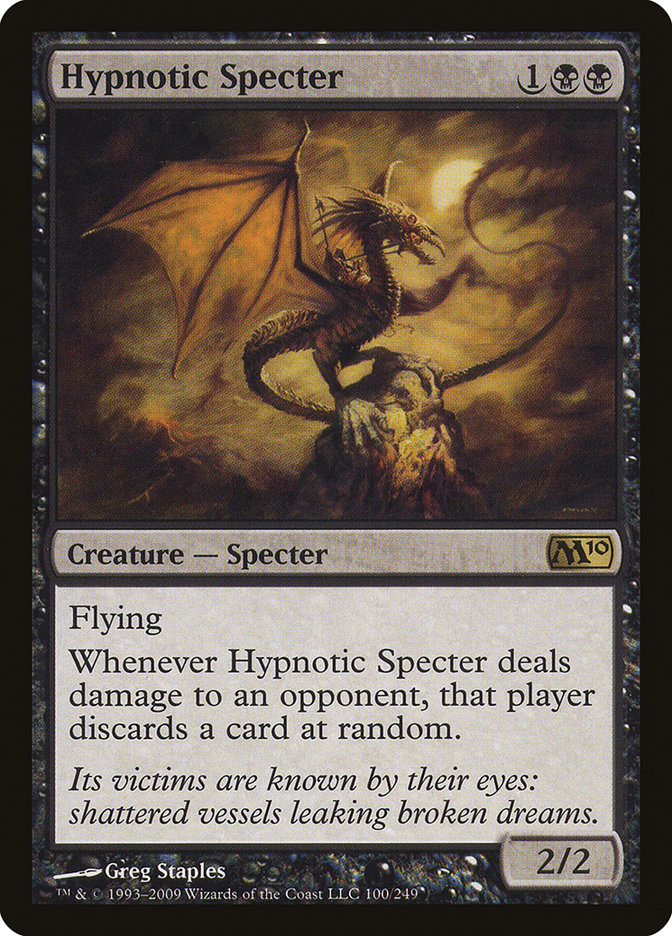
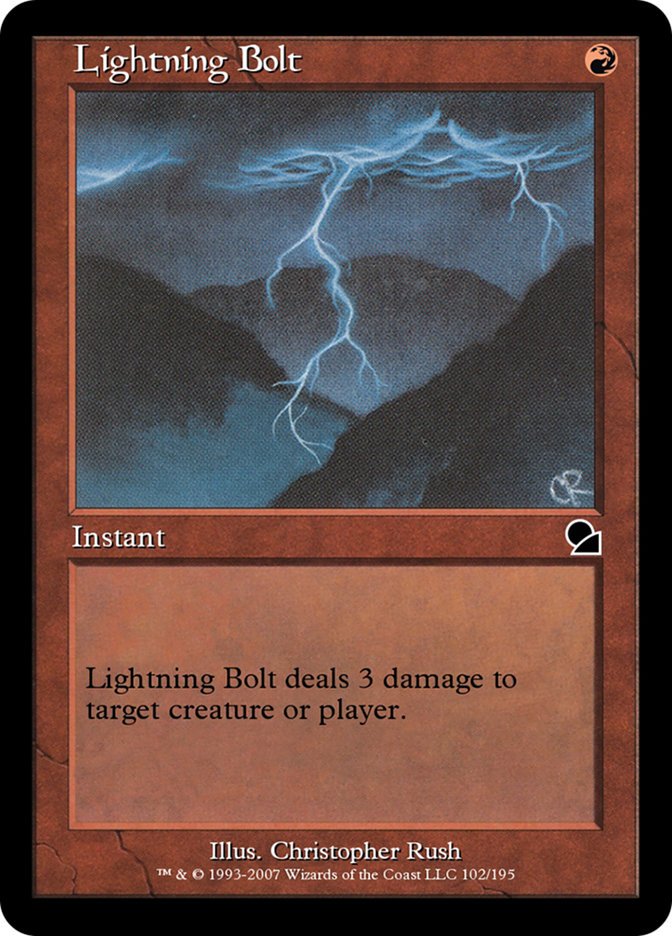
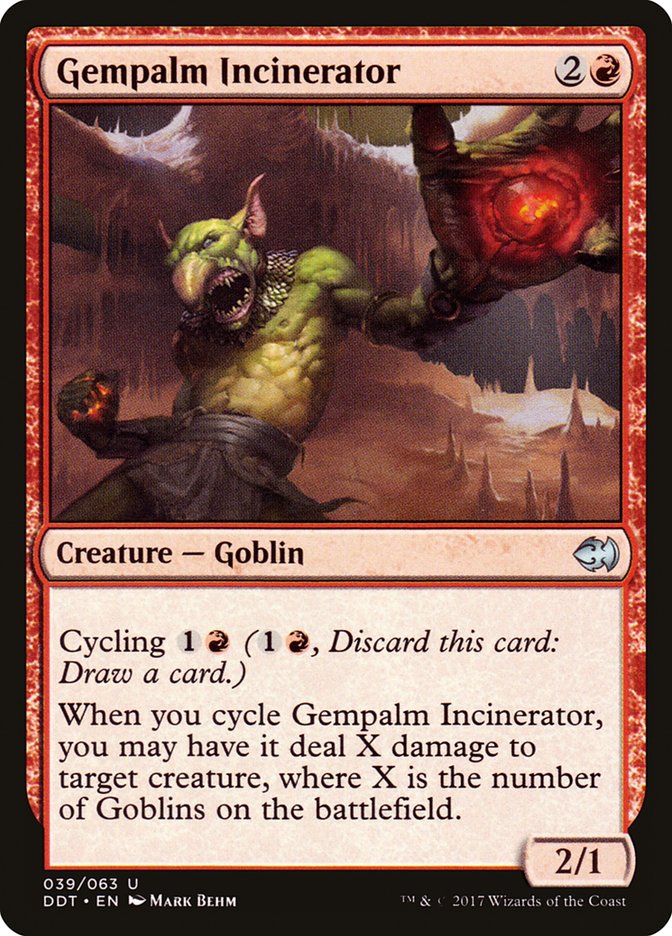
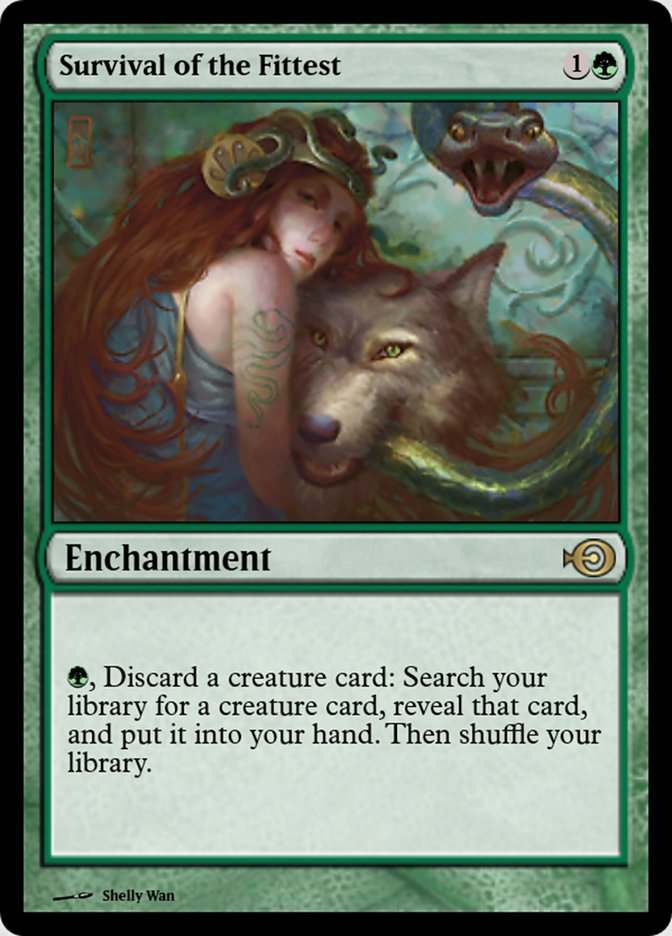
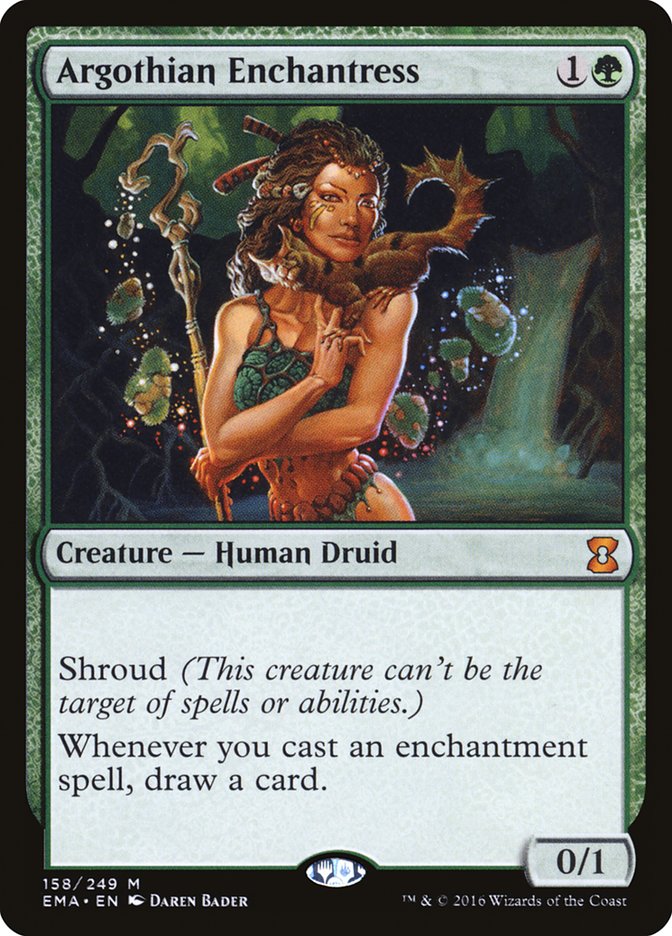
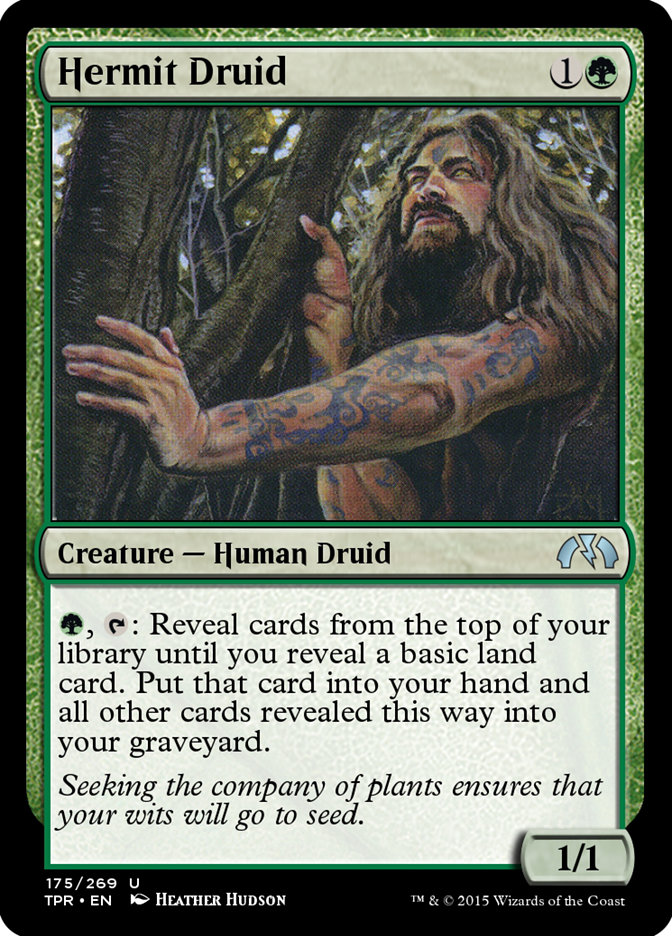
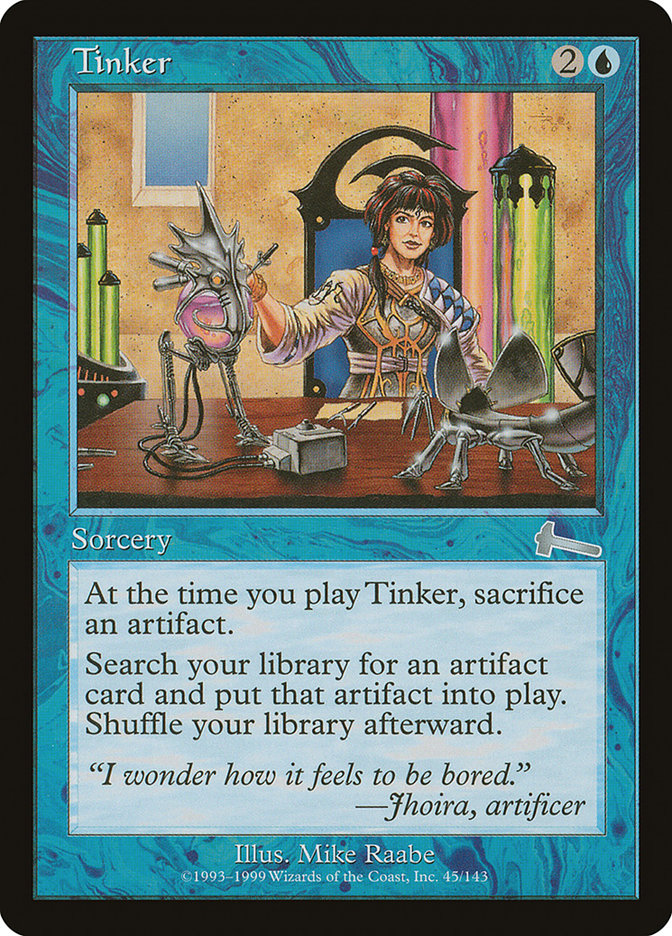
Comment
Join the conversation